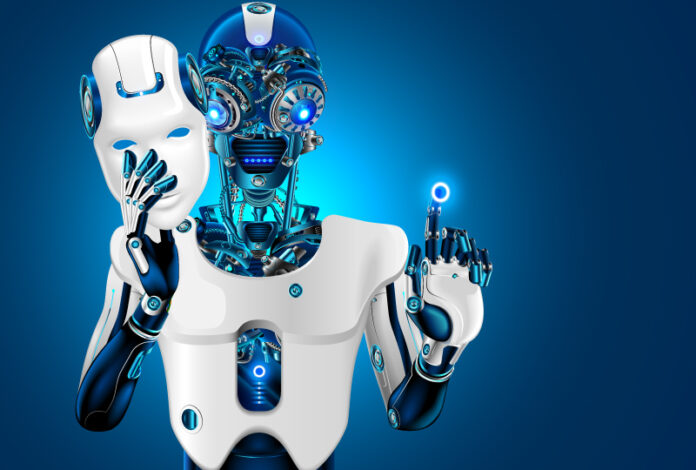The COVID 19 pandemic has forced organizations to adopt newer technologies as fast as possible. Prior to the COVID 19 outbreak organizational workflow in the adoption of disruptive technologies was taking place at a very slow pace. For example, Organizations have started their automation journey due to the increase in remote working. Hyperautomation is one of the new addition to this. Experts observe it to be a driving force to initiate innovation.
Hyperautomation unlocks maximum potential for various industries. It is a combination of various Artificial intelligence capabilities such as machine learning (ML), intelligent optical character recognition (OCR), natural language processing (NLP), and AI computer vision so that robots can see, read, and process more work. It consists of automated process discovery tools that look deeply into how your teams work to show you what you can and should automate. Hyper Automation has got Workforce engagement capability that enables everyone in an organization to contribute to automation. It involves not just the traditional developers and testers, but also involve your business analysts, subject matter experts, and business users. They also use advanced analytics to measure, analyze, and demonstrate the ROI of automation and its impact based on business outcomes that matter to your company.
Prioritizing the Areas of Hyperautomation is very important for any organization to kick-start their journey, it is essential to analyze why an organization wants to integrate hyper-automation and which areas need to be prioritized initially for the successful outcome. It is essential to understand that before diving into the intelligent automation journey, the businesses need to analyze the risks involved in scaling-up of the infrastructure and to manage the sudden changes. Also ensuring workforce collaboration along with cybersecurity domain analysis. Reassessing and restructuring complex and business-critical services are the essential key aspects of Hyper Automation.
Once the hyper-automation strategy is successfully established, organizations must be ready to adopt the infrastructure and workforce transformation towards this inherent transition. As per the expert’s point of view, organizations need to update their employees about the positive impact and also train them about RPA and AI that would aid them to embrace the change rather than just the technological change. Hyper automation involves equal participation and collaboration of employees and technology in decision making.

